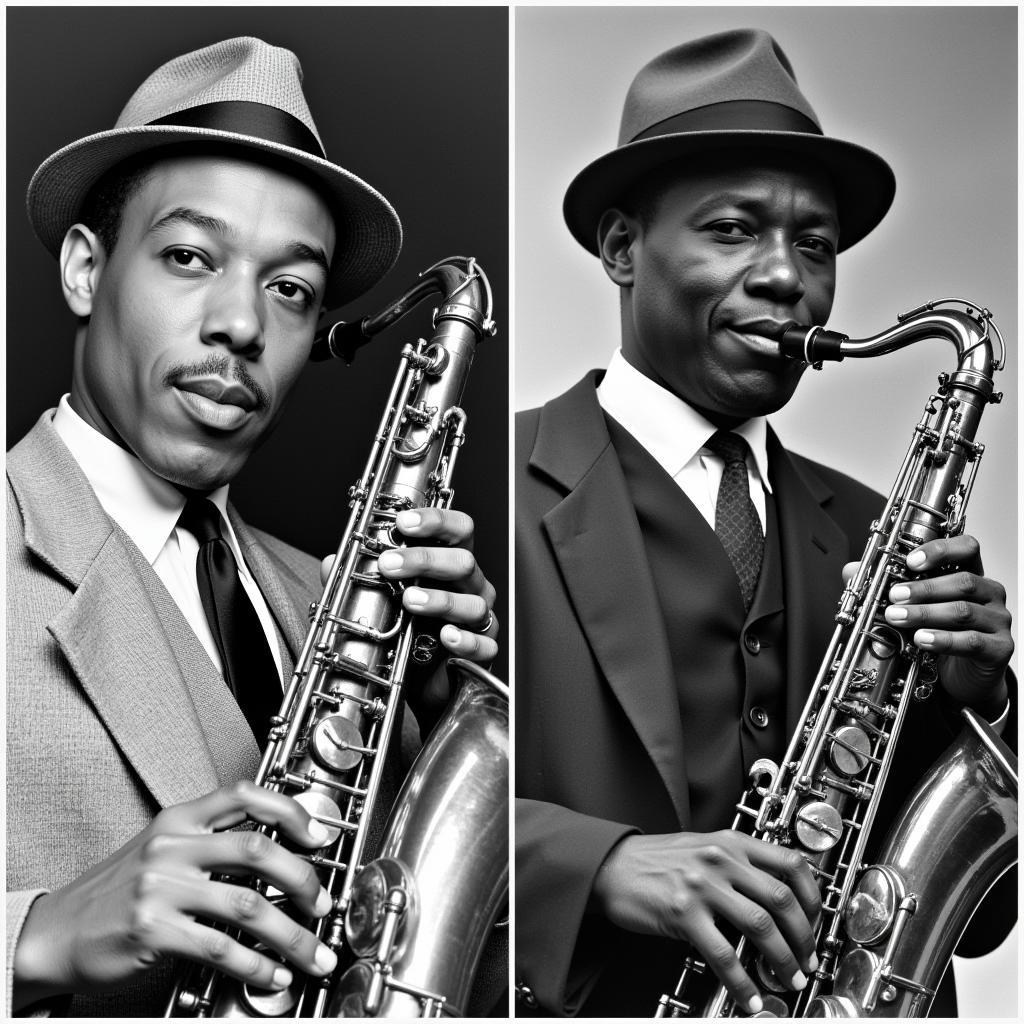African American Culture Reflected Through Sonny in Sonny’s Blues
“Sonny’s Blues,” a poignant short story by James Baldwin, transcends the boundaries of a mere narrative about a troubled jazz musician. It delves deep into the heart of African American culture, using Sonny’s music and life experiences as a conduit to explore themes of suffering, resilience, and the redemptive power of art. The story, set in Harlem during the throes of the Civil Rights Movement, vividly portrays the social and emotional landscape of Black America in the mid-20th century.
Through Sonny’s character, Baldwin masterfully illustrates the profound impact of historical trauma and systemic racism on the Black psyche. Sonny’s blues are not merely musical notes; they are the echoes of generations subjected to oppression, poverty, and despair. His improvisational style, characterized by raw emotion and unfiltered expression, becomes a powerful metaphor for the Black experience itself – a continuous struggle to find beauty and meaning amidst unrelenting adversity.
 Sonny playing piano
Sonny playing piano
One of the most compelling aspects of “Sonny’s Blues” is its depiction of music as a form of catharsis and a means of connecting with one’s cultural heritage. For Sonny, music is not merely a profession but a lifeline, a way to articulate the pain and frustration that words fail to express. His brother, the unnamed narrator, initially struggles to understand Sonny’s devotion to jazz, viewing it as a dangerous and self-destructive path. However, through witnessing Sonny’s performance, the narrator undergoes a profound transformation. He begins to recognize the music’s spiritual depth, its ability to transcend individual suffering and speak to a shared human experience.
Baldwin skillfully employs musical metaphors throughout the story to illuminate the complexities of Black identity. He compares the improvisational nature of jazz to the constant struggle for self-definition faced by African Americans in a society rife with prejudice and discrimination. Just as a jazz musician navigates a complex tapestry of rhythms and melodies, so too must Black individuals navigate the intricate social structures that often seek to confine them.
 Sonny and the narrator having a conversation
Sonny and the narrator having a conversation
“Sonny’s Blues” is not without its glimmer of hope. Despite the pervasive sense of despair, the story ultimately celebrates the resilience of the human spirit and the possibility of finding solace and connection through artistic expression. When Sonny plays, he taps into a collective memory of suffering and resilience, offering a testament to the enduring power of the human spirit to overcome adversity.
Furthermore, the story underscores the importance of empathy and understanding in bridging the divides that exist within families and communities. The narrator’s journey from judgment to acceptance highlights the transformative potential of listening with an open heart, of striving to understand the experiences of those different from ourselves.
In conclusion, “Sonny’s Blues” is a literary masterpiece that transcends its time and context. Through the lens of African American culture, Baldwin explores universal themes of pain, redemption, and the power of art to heal and unite. By immersing ourselves in Sonny’s world, we gain a deeper understanding not only of the African American experience but also of the shared human capacity for suffering, resilience, and the search for meaning in a complex and often unforgiving world.



